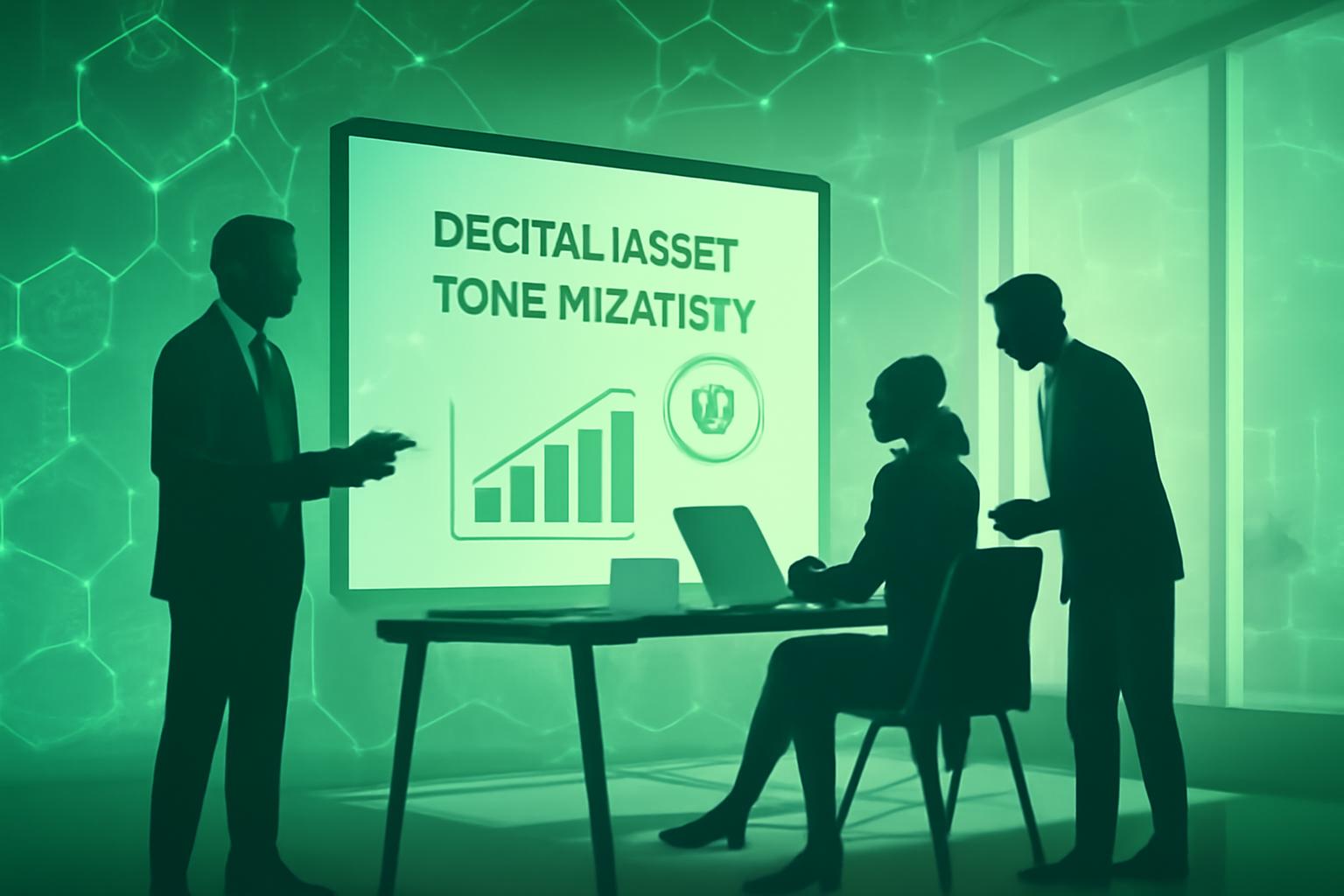Ethereum Launches ERC-7943 to Standardize Real-World Asset Tokenization
A consortium of Web3 and fintech companies has unveiled ERC-7943, a new Ethereum token standard designed to unify and simplify the tokenization of real-world assets (RWAs). This initiative addresses growing institutional interest and developer challenges around compliance and interoperability in the expanding RWA market.
Minimal and Modular Interface for Broad Compatibility
Announced to Cointelegraph, ERC-7943 introduces a minimal, modular interface that operates seamlessly across Ethereum layer-2 solutions and Ethereum Virtual Machine (EVM) compatible chains. Crucially, the standard remains implementation-agnostic, allowing integration across various ecosystems without dependency on specific vendors or infrastructure.
Dario Lo Buglio, co-founder of Brickken and author of the Ethereum Improvement Proposal (EIP)-7943, explained that the standard functions as a “universal layer” atop any token type. This design eliminates the need for wrappers or custom bridges, facilitating smoother integration of tokenized assets into decentralized applications and institutional workflows.
Addressing a Market Fueled by Institutional Demand
ERC-7943 emerges amid a surge in institutional adoption of RWAs. Data from RWA.xyz indicates the total value of tokenized real-world assets onchain has reached approximately $28.44 billion, marking a nearly 6% increase over the past month. Stablecoin metrics also show rising asset holders and overall value, underscoring expanding market activity.
Lo Buglio described the standard as a response to a “perfect storm of institutional interest” paired with developer frustration. He noted, “Financial institutions want programmable controls that align with their compliance frameworks, while developers currently face the burden of custom logic for each RWA token. We needed a common foundation.” The proposal is currently in the EIP review phase, with feedback being gathered from compliance experts and other token standard authors.
Combating Fragmentation and Enhancing Composability
Previous attempts to standardize RWA tokenization on Ethereum include ERC-1400 and ERC-3643. ERC-1400 combined features of fungible and non-fungible tokens with embedded compliance tools, while ERC-3643 targeted regulated securities with integrated identity and permission layers for KYC and AML enforcement.
Lo Buglio highlighted that unlike these earlier standards, ERC-7943 prioritizes minimalism and implementation-agnosticism. “It defines only the essential functions without prescribing how they should be built, allowing any protocol to incorporate it without friction,” he said. The principal objective is to mitigate industry fragmentation by establishing a unified compliance function set.
FinOracleAI — Market View
The introduction of ERC-7943 is likely to have a positive short-term impact on the Ethereum ecosystem, particularly within the real-world asset tokenization sector. By providing a standardized, modular interface, the new token standard reduces integration complexity and fragmentation, key barriers to institutional adoption. However, the success of ERC-7943 hinges on its acceptance by developers and compliance stakeholders during the ongoing EIP review. Market participants should monitor feedback incorporation and adoption rates across layer-2 and EVM chains to assess its broader impact.
Impact: positive













